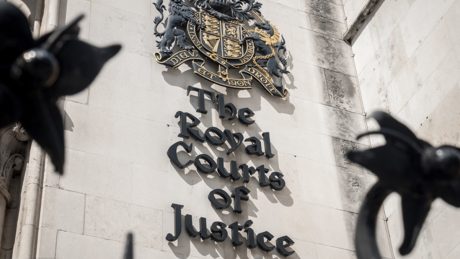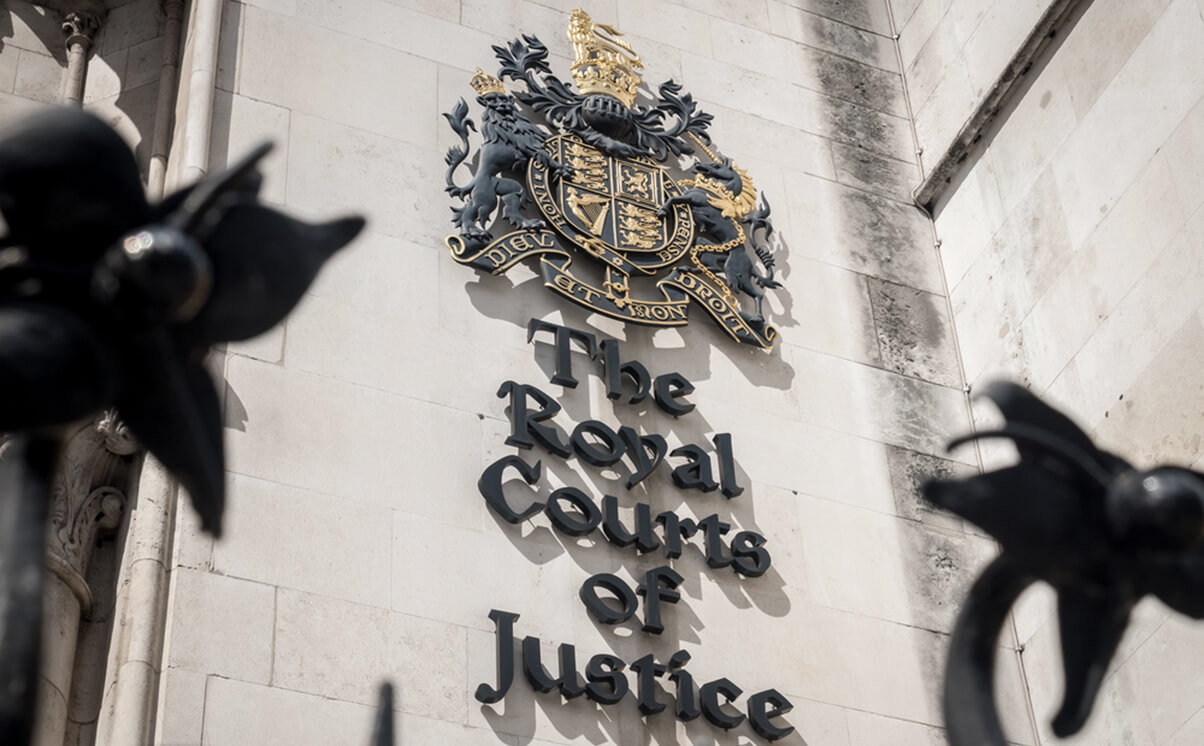The Court of Appeal has handed down judgment on two appeals to decide whether the appellants had standing to challenge the conduct of a trustee in bankruptcy (“the Bankruptcy Appeal”) and joint liquidators (“the Liquidation Appeal”) respectively (Brake and others v Lowes and others [2020] EWCA Civ 1491). In this article, Tim Symes, a partner in our Insolvency and Commercial Litigation teams, examines the Court of Appeal’s decision.
The Bankruptcy Appeal and the Liquidation Appeal are interrelated. They form part of a long-running series of proceedings between the appellants, Mr and Mrs Brake (“the Brakes”) on the one hand, and Dr Guy/the Chedington Court Estate Ltd (“Chedington”) on the other.
The background
The appeals concern the disposal of a property (the “Cottage”) and an adjoining strip of land by the joint liquidators of a partnership and Mr and Mrs Brake’s trustee in bankruptcy.
The partners of the former partnership were Mr and Mrs Brake and Patley Wood Farm LLP. The partnership broke down, and the parties engaged in arbitration.
Separately, Mr and Mrs Brake issued proceedings to claim a transfer of the Cottage from the partnership to themselves.
Mr and Mrs Brake lost the arbitration proceedings, and after failing to pay an arbitration costs order were both made bankrupt. As such, the interest in the High Court proceedings concerning the Cottage, together with the strip of land, became vested in their trustee in bankruptcy.
The trustee in bankruptcy sold the strip of land to Chedington without first offering the Brakes a chance to bid for the land.
The joint liquidators invited the Brakes to bid for the Cottage. They did so (acting in their capacity as trustees of a family settlement) but were outbid by Chedington, to whom the Cottage was then sold. This latter transaction involved cooperation between the trustee in bankruptcy and the joint liquidators.
The challenge
The appellants challenged the propriety of these transactions, alleging collusion between the trustee in bankruptcy, the joint liquidators of the partnership, and Dr Guy/ Chedington. They applied to the High Court for relief under s303(1) of the Insolvency Act 1986 in relation to the trustee in bankruptcy, and 168(5) in relation to the joint liquidators.
Section 303(1) of the Insolvency Act states: “If a bankrupt or any of his creditors or any other person is dissatisfied by any act, omission or decision of a trustee of the bankrupt’s estate, he may apply to the court; and on such an application the court may confirm, reverse or modify any act or decision of the trustee, may give him directions or may make such other order as it thinks fit.”
Section 168(5) of the Insolvency Act states: “If any person is aggrieved by an act or decision of the liquidator, that person may apply to the court; and the court may confirm, reverse or modify the act or decision complained of, and make such order in the case as it thinks just.”
The High Court decided that the Brakes had no standing to make an application under either s303(1) or 168(5). They appealed.
The appeals
The Court of Appeal undertook a substantial review of the existing case law on office-holder challenges to assess whether the High Court was right to find that the Brakes had no standing to make the applications.
Lady Justice Asplin handed down the judgment with which Lord Justice Henderson and Lord Justice Floyd agreed.
General findings
The Court of Appeal made clear that there was no substantial difference in the effect of either section despite one applying to liquidation and other bankruptcy. This was despite s303 using the term “dissatisfied” compared to s168’s use of “aggrieved”, and the absence of the term “creditor” in s168. As such, the Court of Appeal took the view the case authority applying to one also applied to the other.
The Court of Appeal also underlined that where the insolvency office-holders were also officers of the court (as is the case for a liquidator of a compulsory, i.e. court-ordered liquidation, and a trustee in bankruptcy), the court will not permit its officers to act in a way that it would be wrong for the court itself to act.
The Court of Appeal also rejected the notion that to have standing there must be no other avenue for relief available.
The Bankruptcy Appeal
The Court of Appeal found that merely being a bankrupt or former bankrupt (and, therefore, being included in the wording of s303(1)) was not enough on its own to give standing to apply. The bankrupt, having been relieved of their debts, does not have standing merely to meddle with the administration of the bankruptcy estate. The Court of Appeal set out a two-part test for standing which is worth quoting:
“…the [bankrupt] must be able to show that he has a substantial interest which has been affected by the conduct complained of and a direct interest in the relief sought (emphasis added).”
The Court of Appeal went on to qualify the above statement by saying that the existence of a surplus, namely money left over after payment of all bankruptcy debts and expenses to which the bankrupt was entitled, was one way of establishing that the bankrupt had a substantial interest, but not the only one.
As to the second limb of the test, namely “a direct interest in the relief sought”, the Court of Appeal found that this does not need to be a financial interest.
The Court of Appeal allowed the Bankruptcy Appeal insofar as it concerned the Brakes in their capacity as former bankrupts.
The Liquidation Appeal
Applying the same principles, the Court of Appeal found that the Brakes in their capacity as trustees of a family settlement did not have standing to make an application to challenge the joint liquidators. They were neither contributories nor creditors in the liquidation and did not otherwise have a substantial interest in the relief sought, such as to render them “aggrieved” for the purposes of s168(5). The fact that they were part of a bidding process for a partnership asset did not change that. “The court’s inherent power to supervise the conduct of its officers cannot assist mere bidders to establish standing,” said Lady Justice Asplin in her judgment.
Finally, the Court of Appeal considered the appeal in relation to two unsecured creditors who were being funded by the Brakes and were advancing the Brakes’ case on their (the Brakes’) behalf.
The Court of Appeal found that these creditors did not meet the requirement that an applicant must be “aggrieved”. Further, part of the relief sought was for the joint liquidators to be compelled to accept a lower figure for the Cottage (being the price of the original, unsuccessful bid). The Court of Appeal said this would plainly be adverse to the estate, and even a proposed bid that was higher would be neutral to it.
Conclusion
This case is a useful reminder of the rigour and gravity with which the court will consider any challenge to the conduct of a statutory insolvency office-holder.
The overarching message in this and the earlier leading cases on this topic is that the court will not allow challenges to the acts or omission of insolvency office-holders just because those parties appear to have standing according to the wording of the Insolvency Act provisions.
Unless the challenger can demonstrate a substantial, legitimate and justifiable interest in making the complaint and its resolution, they will not succeed. Unfortunately, however, the Court of Appeal’s decision does not provide a clear test to enable office-holders to determine whether or not a bankrupt has standing. This is, perhaps, a missed opportunity to provide a clearer statement of principle to guide office-holders in the more difficult cases rather than allowing the test to develop on an incremental basis.
You can find further information regarding our expertise, experience and team on our Contentious Insolvency and Commercial Litigation pages.
If you require assistance from our team, please contact us or alternatively request a call back from one of our lawyers by submitting this form.






